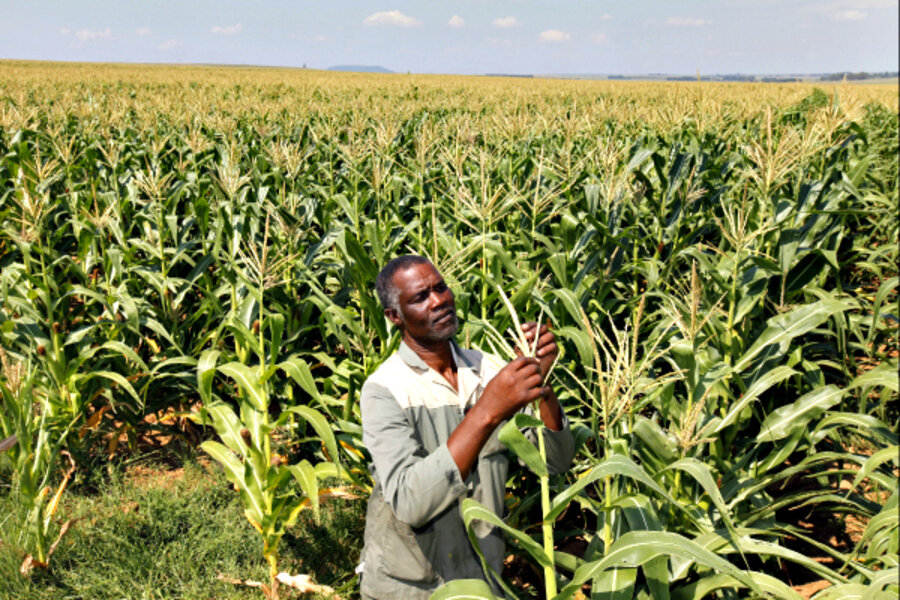African farmers grow trees as a natural crop fertilizer
Loading...
Among the most challenging long-term barriers to agricultural production and sustainability in Africa is poor and degrading soil quality.
According to “Agricultural success from Africa: the case of fertilizer tree systems in southern Africa (Malawi, Tanzania, Mozambique, Zambia and Zimbabwe),” a report from the International Journal of Agricultural Sustainability, simple “Fertilizer Tree Systems” (FTS) can double maize (corn) production in soil that is low in nitrogen, an essential plant nutrient.
A type of agroforestry, FTS incorporate nitrogen-fixing trees and shrubs into agricultural fields, usually inter-planted with food crops. These trees take in atmospheric nitrogen and return it to the soil, where it serves as a nutrient for plants.
QUIZ: Think you know Africa? Take our geography quiz.
Soil analyses by the International Crops Research Institute for the Semi-Arid Tropics (ICRISAT) and others in the 1980s revealed nitrogen to be a limiting factor in many African soils. In response, on-farm studies in the 1990s showed that FTS, with the right species, could increase crop yields with or without mineral fertilizers.
FTS are much cheaper for farmers to implement than buying fertilizer and represent a more holistic approach to soil management. FTS scaling-up programs were broadly implemented about 10 years ago, and in that time the number of small farmers using these techniques has ballooned from a few hundred to more than 250,000 in Malawi, Tanzania, Mozambique, Zambia, and Zimbabwe.
FTS have proven most effective for small farmers who are able to devote the necessary labor and land more easily than raise the money needed for commercial fertilizer. By relying on naturally occurring systems rather than imports, agroforestry improves food security, bolsters biodiversity, and reinforces local economies.
The introduction of a wider variety of plants to fields, for example, has been shown to increase diversity of the local ecosystem, which further augments the soil.
According to the report, FTS have generally been successful, but they are subject to regional variation. Some areas have found more suitable native nitrogen-fixers than others, and many regions have had little or no research to identify the best plants to use.
The report also stresses that FTS do not provide all nutrients required by crops, so external inputs are frequently necessary to boost phosphorus and potassium. However, as nitrogen has been shown to be a limiting nutrient in much of southern Africa, sustainable production can be improved through the use of FTS, even without other fertilizers.
Farmers in southern Africa have shown themselves keen to embrace new innovations, like the FTS programs. As research and training continue, more small farmers will be able to produce more food in sustainable ways.
• Isaac Hopkins is a research intern with the Nourishing the Planet project. This article originally appeared at Nourishing the Planet, a blog published by the Worldwatch Institute.
• To purchase "State of the World 2011: Innovations that Nourish the Planet" please click HERE. And to watch the one-minute book trailer, click HERE.
• Sign up to receive a weekly selection of practical and inspiring Change Agent articles by clicking here.





